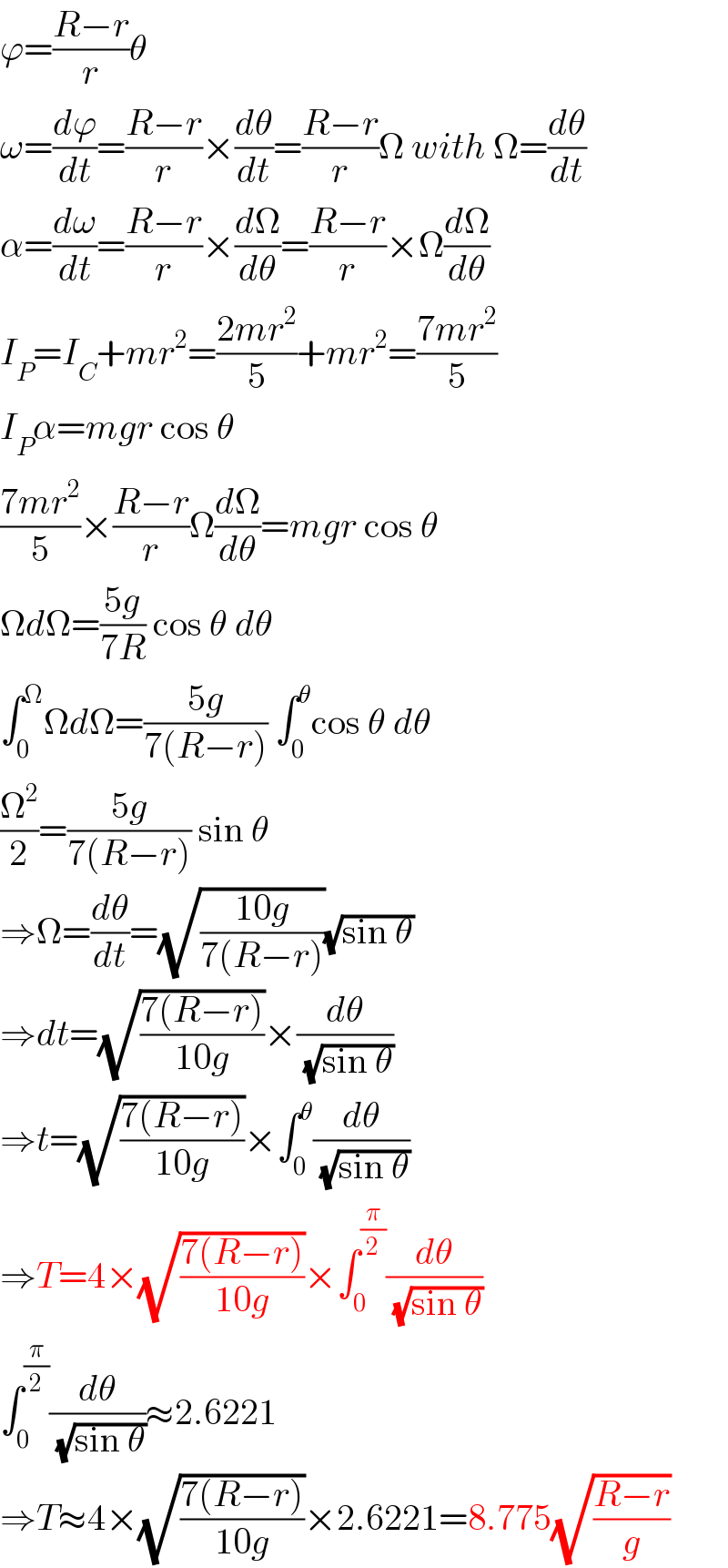
Question and Answers Forum
Question Number 72198 by mr W last updated on 26/Oct/19
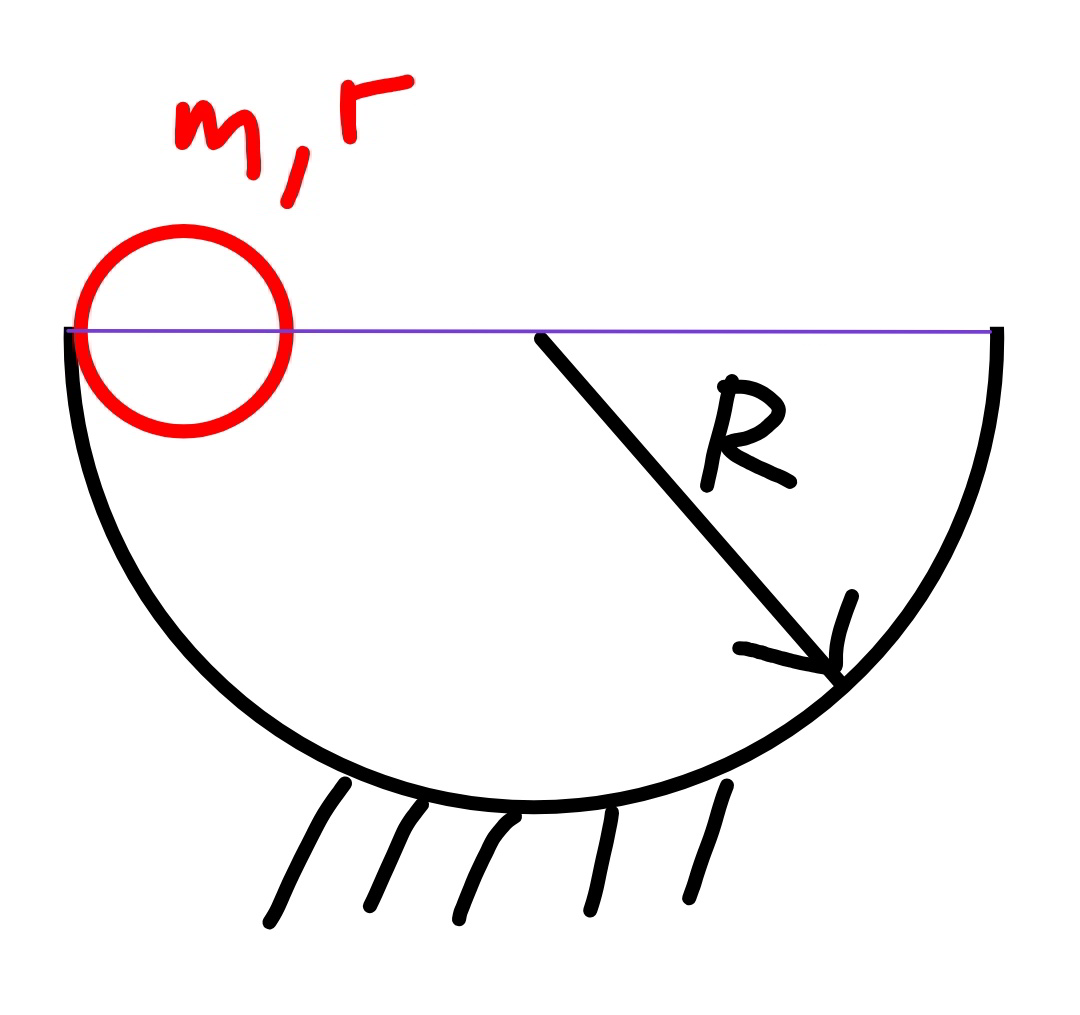
Commented by mr W last updated on 26/Oct/19

Commented by ajfour last updated on 26/Oct/19
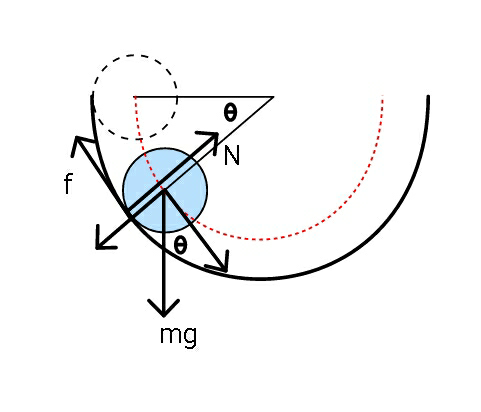
Commented by ajfour last updated on 26/Oct/19
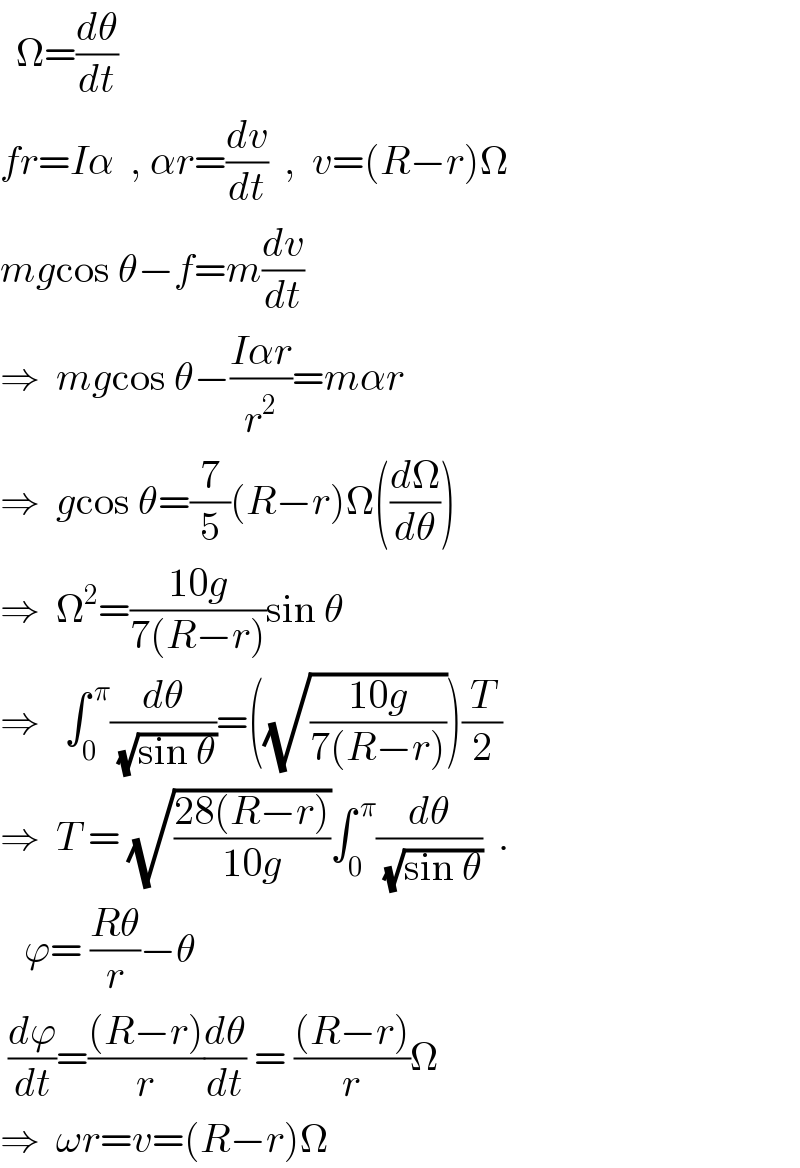
Commented by ajfour last updated on 26/Oct/19
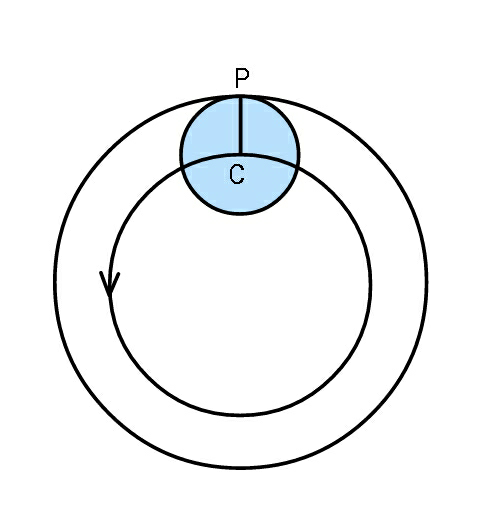
Commented by ajfour last updated on 26/Oct/19

Commented by ajfour last updated on 26/Oct/19
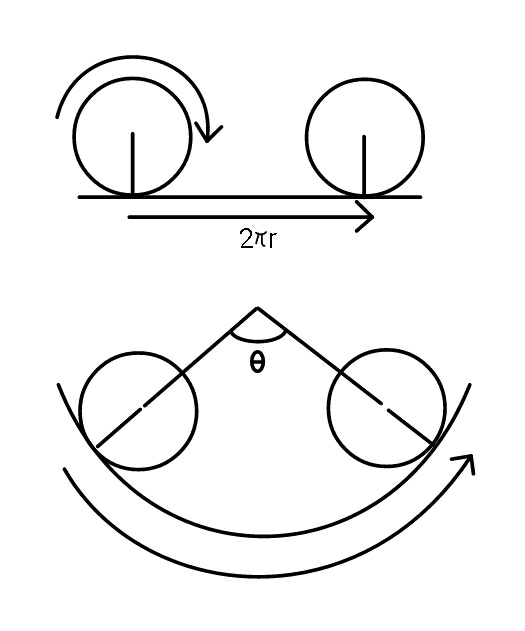
Commented by ajfour last updated on 26/Oct/19
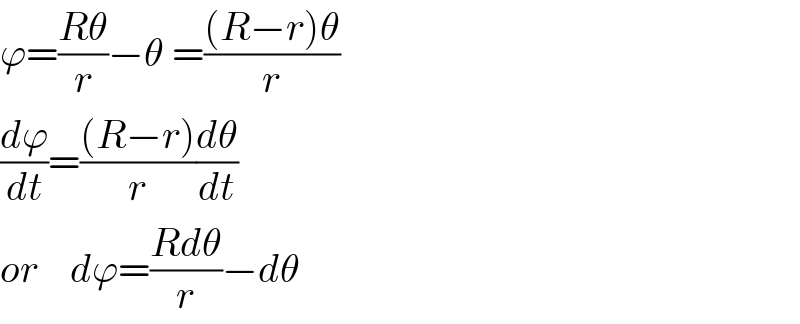
Commented by mr W last updated on 26/Oct/19

Answered by mr W last updated on 26/Oct/19
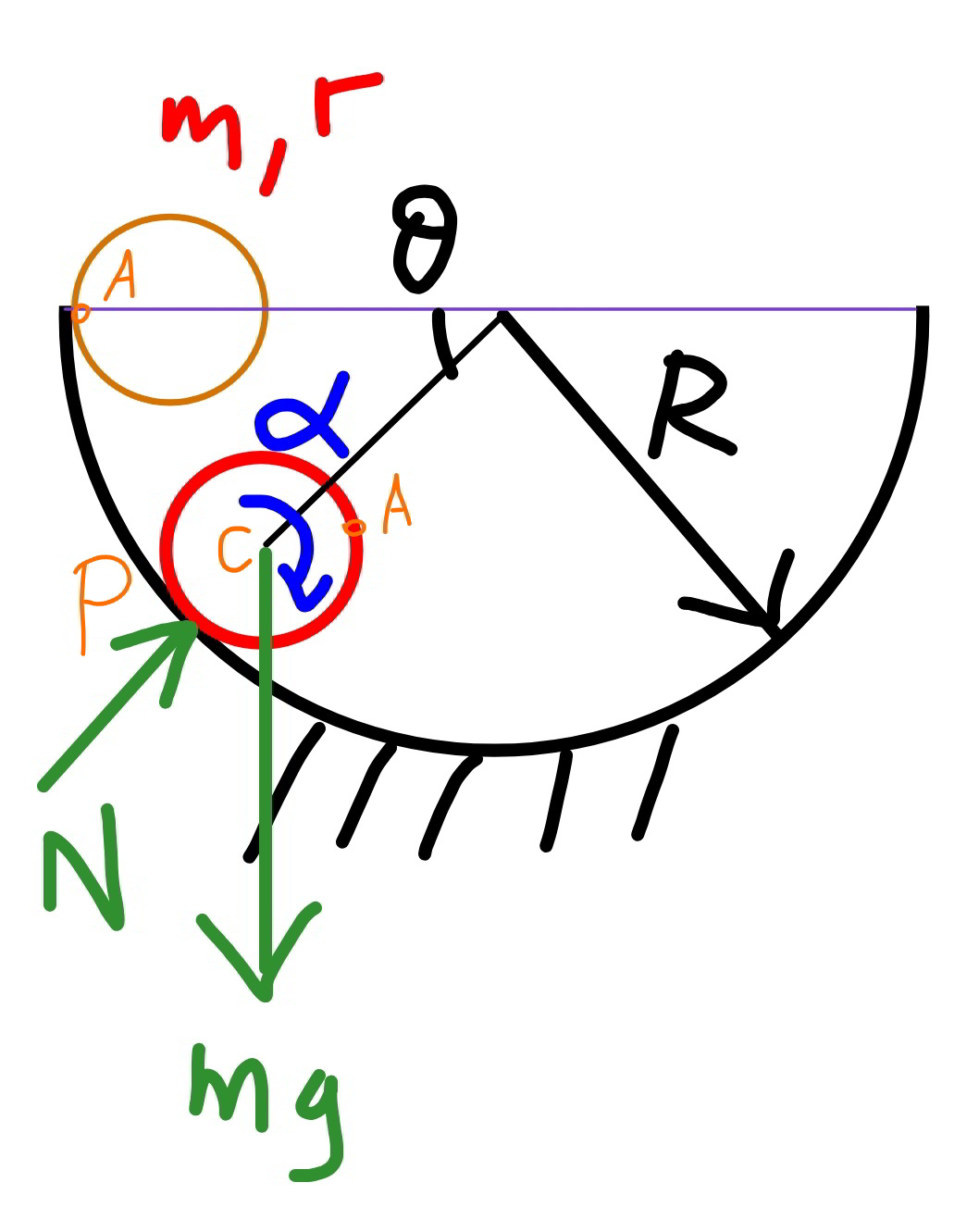
Commented by mr W last updated on 26/Oct/19
